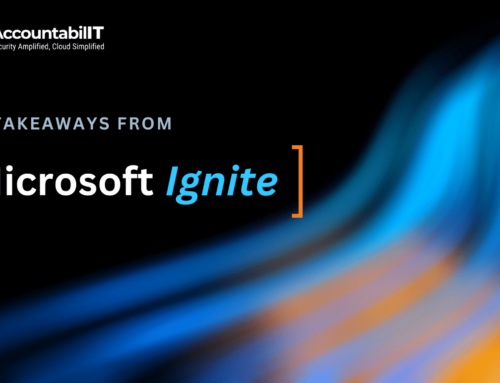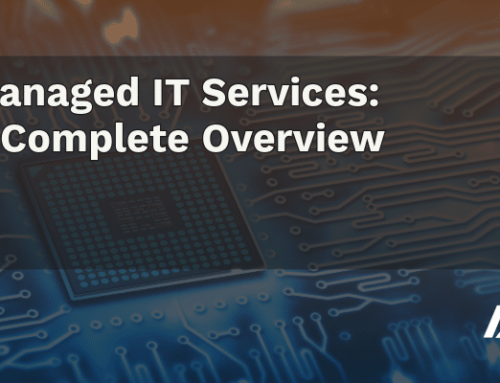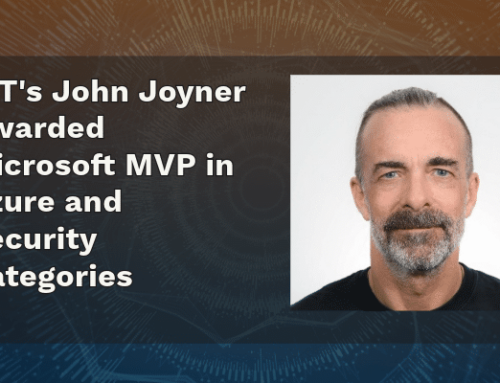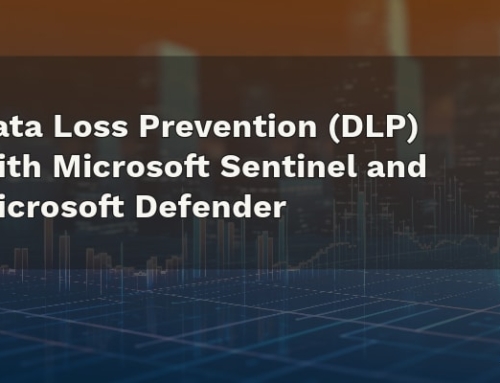Every endpoint in your business poses a threat. Left unprotected, each endpoint becomes an unchallenged point of entry for cyberattacks, and the frequency and intensity of attacks continue to increase. Here’s what you can do to shore up cybersecurity in this particularly vulnerable area.
What is an endpoint?
Any device that connects to the network outside its firewall is an endpoint. Some endpoints that may readily come to mind are laptops, mobile devices, and tablets. Endpoint devices also include digital printers, point-of-sale (POS) systems, and other IoT (internet of things) devices. Take inventory, and you might realize that there are more endpoints in your system than you initially thought.
You may also find that the number and type of devices have increased within your business in the past year, especially if your company has shifted to remote work due to the pandemic or you have a BYOD (bring your own device) policy. This landscape can make endpoint security especially challenging.
How can endpoints be attacked?
When it comes to endpoints — many of which are mobile — it is tricky to implement protection systems without limiting employees’ productivity and ability to perform their job functions. However, this human-machine interaction, which makes it tough to implement security solutions, is exactly what introduces endpoint threats.
For example, consider that phishing emails and other social engineering tactics deliver a large proportion of malware attacks. To avoid a malware attack, the human involved must know how to recognize the threat and what to do about it.
Malware is one of the more common attack types because it is easy to install on a target device; it is frequently found on Windows applications and in Office documents. Password dumpers are a form of malware that allow attackers to steal credentials stored on a device. Another type of attack is known as “SIM swapping” and involves an attacker redirecting calls and SMS messages.
When patch management is not administered in a timely manner (something that involves human oversight) that’s another vulnerability allowing for infiltration of endpoints.
What types of endpoint protection solutions exist?
When you consider that the cost of a successful endpoint attack is, on average, $8.94 million, it highlights the urgency of effective endpoint security. Endpoint attacks lead to hefty consequences from productivity loss (for both IT and other teams in your organization) and system downtime, theft, and even damage to your infrastructure and reputation.
Endpoint protection platforms (EPP) are centrally managed security solutions that guard servers, workstations, devices, and workloads from threats in real-time. They operate by continually keeping a watchful eye on all system activity, processes, and files, looking for malicious acts.
Here are a few must-haves to look for when seeking out and evaluating endpoint security solutions.
Is it more advanced than traditional antivirus?
NGAV, or next-generation antivirus, implements advanced technologies such as AI and machine learning to pick up where old antivirus solutions leave off. Antivirus software compares known malicious bits of code to a database of new malware signatures. Of course, when bad actors introduce new malware, there is always a lag before it is discovered. This is why NGAV goes above and beyond traditional preventive technology.
Does it go beyond prevention?
Endpoint detection and response (EDR) solutions quickly detect, find, and remove attackers. The best EDR solutions bring continuous and comprehensive visibility and advanced threat detection, investigation, and response capabilities. Look for solutions that offer incident data search, investigation, triage, threat hunting and threat intelligence, detection, and containment.
How does it lower the risk of data loss?
Automation is the key to ensuring that data is protected. Automated solutions can back up data and even remotely wipe laptops or other devices that become lost or stolen.
Does it enable rapid recovery?
Anytime an endpoint is compromised, it’s essential to have quick restoration and recovery of data and systems so that you can minimize downtime and restore business operations efficiently and effectively.
Is it suitable for your environment?
Every environment is unique, and every device is different. Make sure your solution offers broad coverage of operating systems and that it can scale. Ensure that the platform you select can grow with your business and that it can empower your teams with access to backup data.
Concerned about trying to manage endpoint protection in-house? You don’t have to. At AccountabilIT, we are experts in cybersecurity and are here to help you stay ahead of evolving threats. Talk to us about how we can help your organization improve endpoint security.




